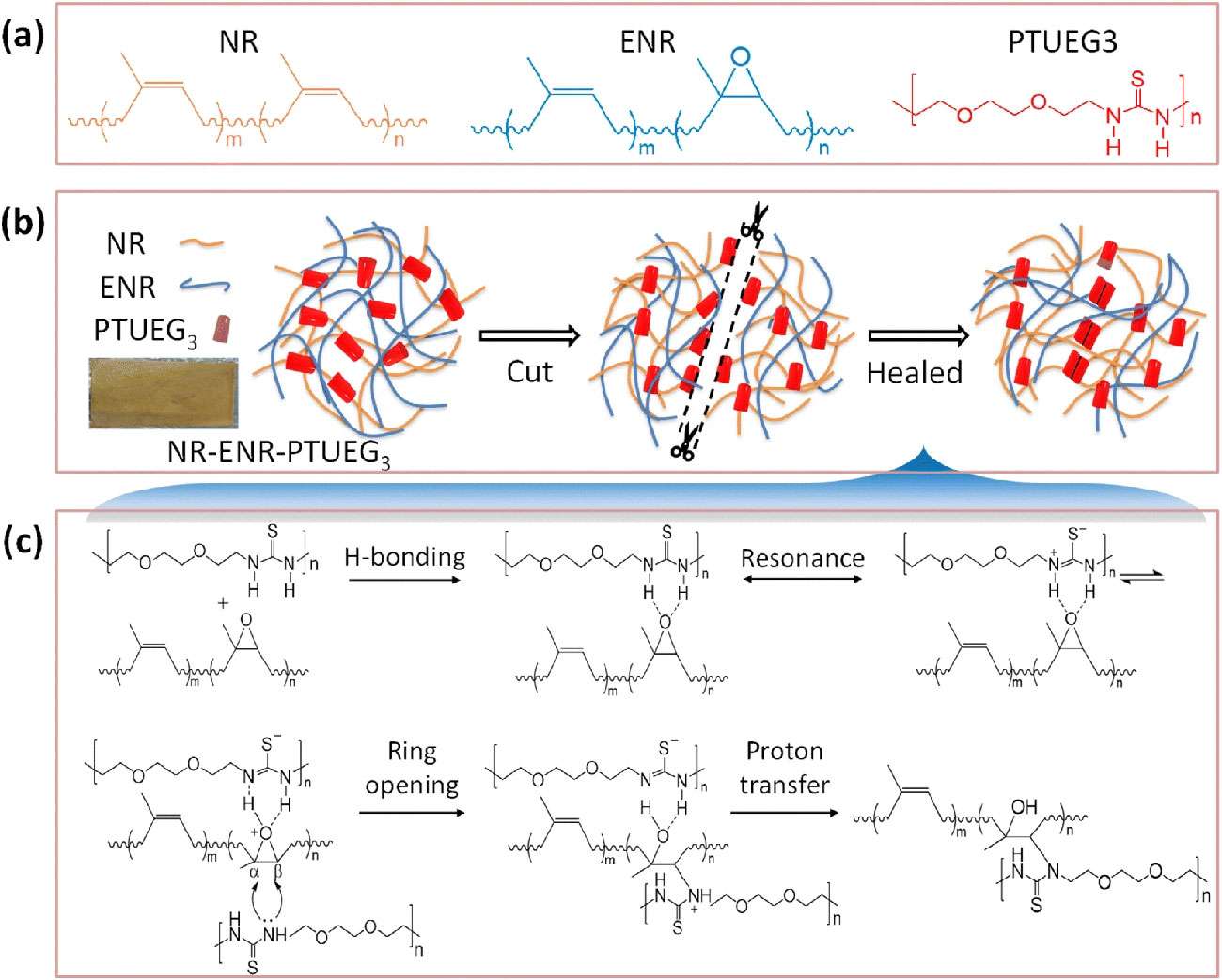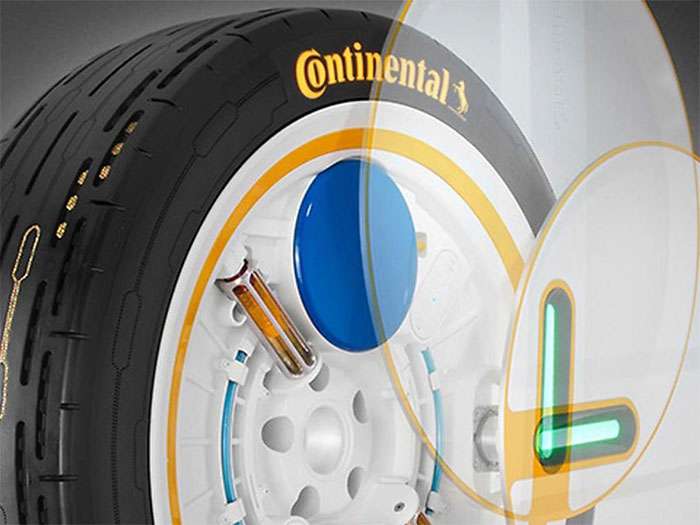
Smart tires are changing how vehicles connect with the road. These advanced tires feature embedded sensors and technology that deliver real-time data to both drivers and vehicle control systems. Smart tire technology represents a major advancement beyond traditional rubber, providing proactive solutions that help prevent accidents caused by tire failures.
The intelligent monitoring technology built into these tires offers instant notifications about potential issues, making every drive safer. These innovations will also serve a critical function in the growing autonomous vehicle market, helping self-driving cars operate at peak performance. The tire industry continues strong growth, with production expected to reach 22.75 million tons by 2024, up from 19.25 million tons in 2019.
We believe smart tires will become standard equipment for drivers everywhere. These tires come equipped with embedded sensors that track wear patterns and deliver timely alerts when replacement becomes necessary. The technology enhances safety while promoting efficiency, creating less waste and supporting a more environmentally friendly automotive industry. Some advanced models can adapt their shape based on road conditions, adjusting automatically to deliver optimal performance across different driving environments.
Proper tire wear management remains essential for vehicle safety, performance optimization, and environmental impact reduction. Smart tire systems provide the real-time insights and proactive solutions that both individual drivers and commercial fleets need for safer, more efficient operation.
Smart tires in 2025 go far beyond basic rubber components. These advanced systems function as sophisticated data-gathering platforms that enhance vehicle performance by capturing and processing information about their own condition and the surrounding environment.
Smart tires feature multiple embedded sensors that continuously collect critical data about tire performance. Modern sensors measure tire pressure and temperature every 4-5 seconds, transmitting information wirelessly to displays or management platforms. These intelligent tires monitor much more than traditional systems ever could. Advanced sensors track tire pressure, temperature, load distribution, tread wear, tread depth, and even assess road surface grip conditions. The MLX91805 smart tire sensor demonstrates this capability by integrating an 800g XZ-axis accelerometer that senses up to 10,000 samples per second alongside high-accuracy pressure and temperature sensors.
This constant monitoring provides drivers with the information they need to make better decisions about their vehicle's performance and safety.
Smart tires deliver their greatest value through how they communicate collected data to vehicle systems. Modern smart tire systems create real-time feedback loops between tire sensors and vehicle control systems, allowing for dynamic adjustments based on actual driving conditions. Goodyear's SightLine technology shows this capability in action, providing tire intelligence data about road conditions and tire health that helps autonomous vehicle controllers understand accurate cornering and braking stiffness. Vehicles can adapt quickly and safely to changing road conditions, even when payload mass varies. This bidirectional communication allows vehicles to "react like a driver would" by using tire data as the only contact point with the road.
The result is improved vehicle performance and enhanced safety across all driving conditions.
Smart tires serve as essential components for both autonomous vehicles and electric vehicles. Self-driving systems rely on tire intelligence to provide crucial traction information that helps prevent accidents before they occur. Continental's C.A.R.E™ technology enables tires to perform self-maintenance, making it ideal for robotaxis that operate without human intervention. This innovation proves especially valuable when you consider that human drivers currently account for 45 percent of ride-hailing operating costs. Electric vehicles benefit from smart tires that optimize energy efficiency by maintaining ideal tire conditions and reducing rolling resistance. These precise monitoring and adjustment capabilities help extend battery range while supporting the shift to emission-free mobility.
Smart tire technology addresses the unique challenges of both autonomous and electric vehicles while delivering measurable improvements in performance and efficiency.

Image Source: RSC Publishing - The Royal Society of Chemistry
Self-healing rubber technology represents the core of tire innovation, delivering remarkable solutions that extend tire lifespan and improve safety. This material science breakthrough takes inspiration from nature's self-repair mechanisms to automatically fix damage before it can spread to larger areas.
The power of self-healing rubber comes from its molecular structure. Traditional rubber uses permanent covalent bonds that cannot reconnect once broken. Self-healing elastomers work differently - they incorporate reversible bonds throughout their polymer matrix. These dynamic connections break when damage occurs, then spontaneously reform to essentially "stitch" the material back together.
Modern approaches rely on two primary methods: covalent adaptable networks and supramolecular interactions. Research shows that hydrogen bonds create remarkable healing properties when working together, even though individually they're weaker than covalent bonds (40 kJ/mol compared to 400 kJ/mol). Scientists have added ureidopyrimidinone (UPy) units to dramatically boost these capabilities.
Polymer chain mobility plays a crucial role in this process. Studies show that higher chain mobility helps damaged interfaces reassociate more effectively, increasing crack resistance and improving fracture toughness. This mobility allows polymer chains to move toward broken interfaces and reform bonds.
Microcapsule systems offer an innovative approach to healing. These tiny capsules hold reactive fluids or healing agents embedded within the rubber matrix. When damage occurs, the capsules break open, releasing their contents into the crack through capillary action.
The healing agent then triggers polymerization that bonds the crack faces closed. This technology effectively handles micro-cracks and maintains structural integrity under long-term mechanical, thermal, and hydraulic conditions. The encapsulation process typically uses emulsification of an oil phase in an aqueous bath, creating polymer shell walls at the interface.
Self-healing rubber systems activate through different methods, mainly thermal and chemical processes. Room-temperature healing provides convenience without external energy, with some hydrogen-bonded elastomers achieving 80% mechanical recovery after 24 hours. Heat-activated systems deliver faster, more complete repairs.
Testing shows that heating to approximately 50°C significantly speeds up healing behavior. Some systems use graphene's excellent thermal conductivity and infrared absorption to improve healing efficiency. Adding graphene to the right polymer matrices not only enhances tensile strength but enables rapid self-healing, achieving 99% efficiency within minutes.
Light activation offers another effective method. Compared to heat, light allows precise application to specific damaged areas without affecting surrounding material properties. Carbon nanotubes enable thermal activation through the Joule effect, allowing localized repairs with lower power consumption and healing efficiencies above 94%.
The tire industry's leading manufacturers have developed remarkable innovations that represent the next generation of tire technology. These intelligent designs combine advanced monitoring capabilities with self-repair mechanisms to deliver enhanced safety and extended tire life.
Michelin's Unique Puncture-proof Tire System (UPTIS) removes air pressure completely, eliminating puncture risks entirely. This airless design combines rubber, aluminum, and flexible glass fiber reinforced plastic structure. UPTIS prototypes have logged nearly 3 million kilometers in real-world testing since 2020. These tires work particularly well for fleets and emerging mobility solutions, potentially lasting three times longer than conventional options—between 50,000 and 100,000 miles depending on conditions.
Goodyear's reCharge concept uses a biodegradable tread compound that regenerates through reloadable capsules. The system centers around a pressurized cartridge containing liquid compound that replenishes worn tread automatically. This customizable liquid adapts to individual driving patterns using artificial intelligence, tailoring performance to specific needs. The compound includes fibers inspired by spider silk for exceptional durability.
Bridgestone's Smart Strain Sensor technology measures dynamic strain changes when tires contact the road. These sensors work reliably even at low speeds—unlike previous accelerometer-based systems—making them critical for autonomous vehicles. The technology estimates wheel axle load and tire wear conditions in real-time, enabling preventive maintenance and improved safety.
Hankook's iFlex represents an advanced non-pneumatic tire developed extensively since 2010. The design features a double arch structure that distributes load evenly while absorbing road shocks. Inner and outer arches connect through a specialized hinge structure, creating stable tire shape. The three-dimensional interlocking spoke design draws inspiration from biological cell structures.
Continental's ContiAdapt uses integrated micro-compressors and a variable-width rim to modify the tire contact patch based on road conditions. This adaptable system provides four distinct configurations for wet, uneven, slippery, and normal surfaces. ContiAdapt can set pressures below 1 bar through adjustable tire pressure and rim width to handle snow or ice. The design includes three different tread zones that activate according to specific driving conditions.

Image Source: CNET
Self-healing rubber technology delivers practical advantages that go far beyond basic puncture protection. These innovations solve critical challenges facing today's drivers and fleet operators.
Self-healing materials change tire longevity by fixing damage automatically without any external help. This capability allows tires to maintain strength through multiple puncture events instead of needing immediate replacement. The technology dramatically cuts waste, keeping fewer damaged tires out of landfills. Adding ground tire rubber (GTR) into self-healing compounds improves rolling resistance while maintaining wet grip properties. This innovation addresses the "magic triangle" of tire performance that has challenged manufacturers for years.
Self-healing technology provides exceptional safety benefits in challenging conditions. MICHELIN® Selfseal® seals 90% of summit tread punctures from nails and screws, while Continental's ContiSeal handles 80% of tire punctures. Drivers can continue their trip until reaching a safe location for proper inspection. This feature proves invaluable during bad weather or in remote areas where changing tires becomes dangerous.
Fleet operators save significant money on tire-related downtime. Self-healing technology reduces these expenses by letting vehicles keep running even after puncture events. While initial costs run approximately three times higher than standard tires, the technology pays for itself through reduced downtime and fewer replacements. Electric vehicles benefit most from this technology due to their spare tire limitations. Continental's ContiSeal technology, now standard on several EV models including the 2025 Chevy Blazer, meets the unique needs of electric vehicles by removing the need for spare tires, reducing weight and extending range.
The global tire market shows strong growth, reaching 2,321.3 Million Units in 2022 and projected to expand to 2,741.2 Million Units by 2028, with a CAGR of 2.88%. The sustainable tire segment grows even faster, with projections showing a 16.87% CAGR through 2030. This rapid expansion reflects changing consumer priorities toward safety, longevity, and environmental responsibility. Self-healing tires will likely move from premium options to standard equipment on most vehicles, changing how we think about tire maintenance and replacement cycles.
Smart tire technology represents a major step forward in automotive safety and performance. Our exploration shows how intelligent sensors monitor tire conditions continuously, delivering critical information to drivers and vehicle systems. Self-healing rubber compounds provide exceptional durability through advanced polymer reformation and microcapsule healing systems.
Leading manufacturers have developed impressive innovations that showcase the evolution of tire technology. Michelin's airless Uptis design removes puncture risks completely, while Goodyear's reCharge concept offers regenerative tread compounds. Bridgestone, Hankook, and Continental each bring unique approaches to creating smarter, more durable tires.
These developments provide real benefits that go beyond convenience. Self-healing capabilities extend tire lifespan significantly, reducing waste and environmental impact. Drivers experience enhanced safety, particularly in remote areas where tire changes can be dangerous. Fleet operators and electric vehicle owners gain from reduced maintenance needs and better vehicle efficiency.
Market data shows strong demand for these technologies. The sustainable tire segment demonstrates exceptional growth potential with a projected 16.87% CAGR through 2030. This growth reflects changing consumer priorities toward safety, longevity, and environmental responsibility.
We believe smart, self-healing tires will move from premium options to standard equipment on most vehicles. Roadside tire changes and unexpected blowouts may become rare events as these intelligent systems become the norm. This shift promises safer, more reliable driving while supporting environmental goals through longer product life and reduced waste.
At Performance Plus Tire, we understand that tire technology continues evolving rapidly. Smart tires with self-healing capabilities represent the next generation of vehicle safety and efficiency. The future has arrived - and it's built for performance, reliability, and peace of mind.
Smart tires are revolutionizing automotive safety and sustainability through advanced sensor technology and self-healing materials that extend tire life while reducing maintenance needs.
• Smart tires use embedded sensors to monitor pressure, temperature, and wear in real-time, communicating critical data to vehicle systems every 4-5 seconds for enhanced safety.
• Self-healing rubber technology repairs punctures autonomously through polymer chain reformation and microcapsule systems, with some achieving 99% healing efficiency within minutes.
• Leading manufacturers like Michelin, Goodyear, and Continental offer innovative solutions including airless designs, regenerative compounds, and adaptive tread systems.
• These technologies extend tire lifespan up to three times longer than conventional tires while reducing waste and improving safety in remote conditions.
• The sustainable tire market is projected to grow at 16.87% CAGR through 2030, indicating smart tires will soon transition from premium to standard equipment.
The convergence of intelligent monitoring and self-repair capabilities represents the future of tire technology, promising safer roads, reduced environmental impact, and lower maintenance costs for both individual drivers and commercial fleets.
Smart tires use embedded sensors to monitor tire pressure, temperature, and wear in real-time. This data is communicated to vehicle systems every 4-5 seconds, allowing for immediate adjustments and warnings, significantly enhancing overall safety.
Self-healing rubber technology in tires uses innovative materials that can autonomously repair small punctures and damage. This is achieved through polymer chain reformation and microcapsule-based healing mechanisms, with some systems capable of 99% healing efficiency within minutes.
Yes, airless tires like Michelin's Uptis are becoming increasingly viable. These designs eliminate the risk of punctures and can potentially last three times longer than conventional tires, making them ideal for fleets and emerging mobility solutions.
Smart tires benefit electric vehicles by optimizing energy efficiency through maintaining ideal tire conditions and reducing rolling resistance. They also eliminate the need for spare tires, reducing vehicle weight and potentially extending battery range.
The sustainable tire market, which includes smart tire technology, is projected to grow at a CAGR of 16.87% through 2030. This rapid growth suggests that smart tires will likely transition from premium offerings to standard equipment on many vehicles in the near future.